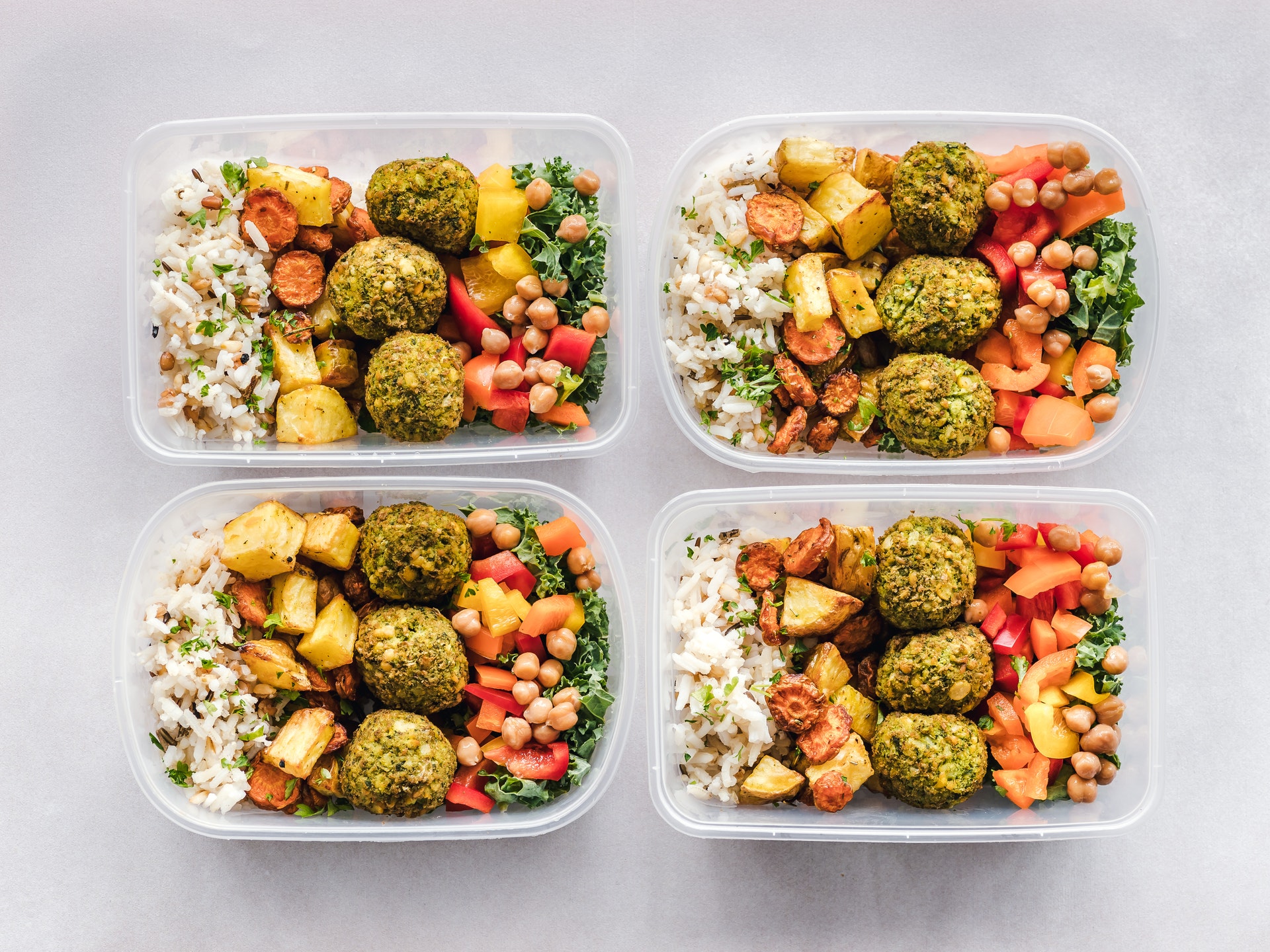Everyone knows that eating healthy on a regular basis is essential for our well-being. Nutritious foods can replenish our bodies with important vitamins and minerals we need to function properly. In the long run, people with healthy eating habits can look forward to a reduced risk of chronic illnesses and better overall health.
Unfortunately, healthy food can sometimes feel out of reach for individuals and families. Food deserts exist in many cities and it can be difficult to find unprocessed foods that have the nutrients human bodies need to feel their best. Rising food costs can also push people to switch to lower-cost food products that can sometimes also be unhealthier.
Fortunately, there are some great ways to eat healthy foods while also staying on budget. Nutritious foods don’t have to cost a lot of money, and there are lots of different things that people can do to reduce their grocery bills while increasing their nutritional intake. Keep reading to learn more!
Make a Plan
Being unprepared for upcoming meals is a huge reason why people both eat unhealthy meals and spend more on food. Coming up with meal plans and strategies can make it easier to save money and eat healthier food on a consistent basis. Although it may seem inconvenient, planning ahead of time can reduce unwanted stress around meal time throughout the day and make it a more enjoyable experience.
Start by taking stock of the ingredients you already have in your house. Find some low-cost recipes that are also highly nutritious and add the required ingredients to your shopping list. These days, you can even order the groceries straight to your house so you don’t have to make a physical trip to the store.
Learn About Low-Cost Ingredients
It can be a really smart move to educate yourself about foods that offer the most nutrients at the lowest cost. Doing so can help you save lots of money in the long run and ensure you’re not missing out on essential vitamins and minerals. For example, canned and frozen foods can be an ideal staple for your pantry and freezer.
These foods have been packaged to preserve their nutrition and are also low-cost and easy to use. Fresh foods can spoil quickly and need to be thrown out, while canned and frozen foods can last much longer. Make sure to avoid any that have unnecessary sugar or salt included.
Substitute Meat More Often
Eating meat frequently can definitely lead to higher grocery bills. Fortunately, it is quite easy to substitute meat for plant-based proteins and alternatives. Tofu is an excellent alternative that is low cost and also highly nutritious. Beans, legumes, fish, and eggs can also be used to make delicious meals that cost much less than meat. If you are interested in buying meat, look for cheaper cuts that cost less, such as ground meat or whole chicken. Buying large amounts and using the same meat for multiple meals can also be a good strategy.
Learn Key Recipes
It can be very helpful to have certain recipes and their ingredients stocked on a regular basis. Doing so can make it easy to whip up a meal without having to learn a new recipe or go out to shop for specific ingredients. For example, learning how to make fried rice can make it easy to feed yourself when you’re not sure what to eat. As long as you have some rice, vegetables, and eggs in the house, you’re good to go!
Try to have some staple ingredients that you use for breakfast, lunch, and dinner. This could be oatmeal, eggs, frozen vegetables, canned beans, rice, and sandwich ingredients. Think about what you like to eat and find low-cost and healthy foods that can help you prepare your favorite meals.
Conclusion
As you can see, there are many great ways to eat healthy on a budget. Making a plan is essential for those looking to avoid high-cost and low-nutrient meals. Take the time to learn about low-cost and nutrient-dense ingredients that you can keep stocked in your fridge, freezer, and pantry.
Try to swap expensive cuts of meat with plant-based alternatives or cheaper cuts of meat whenever possible. Finally, try to learn some recipes that you are willing to eat every week and keep those ingredients stocked in your home at all times. By following these tips, you’ll be well on your way to a healthy diet!

